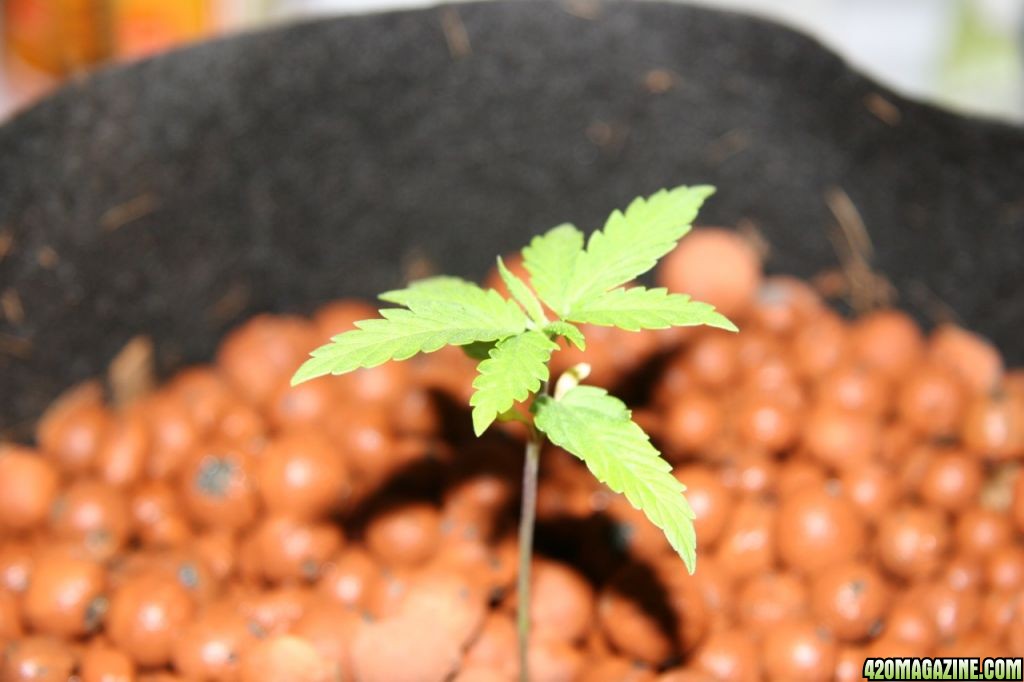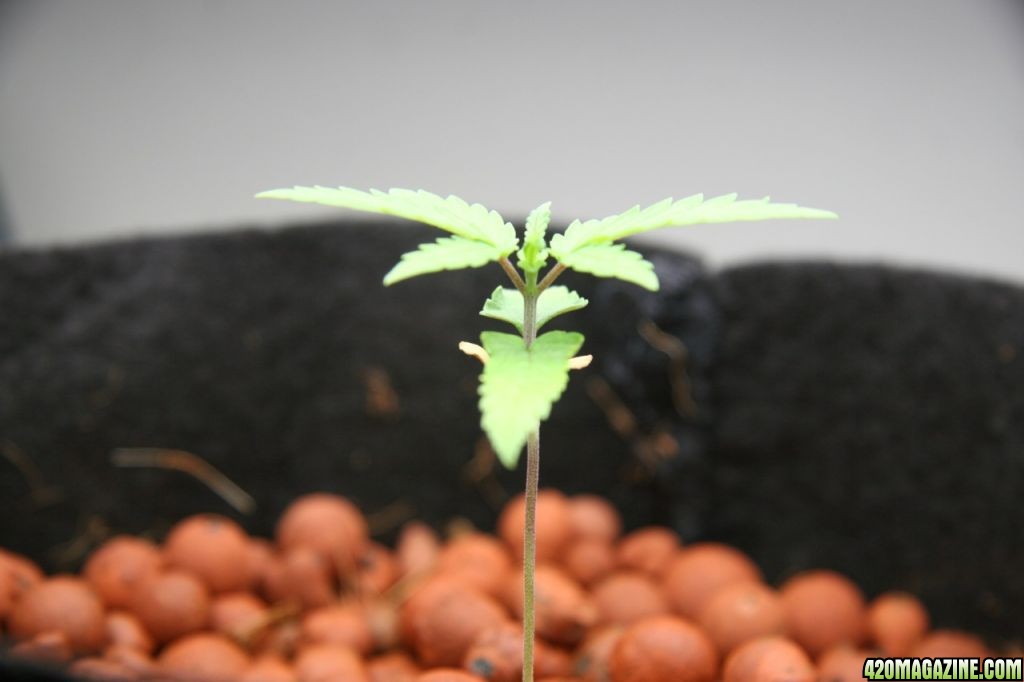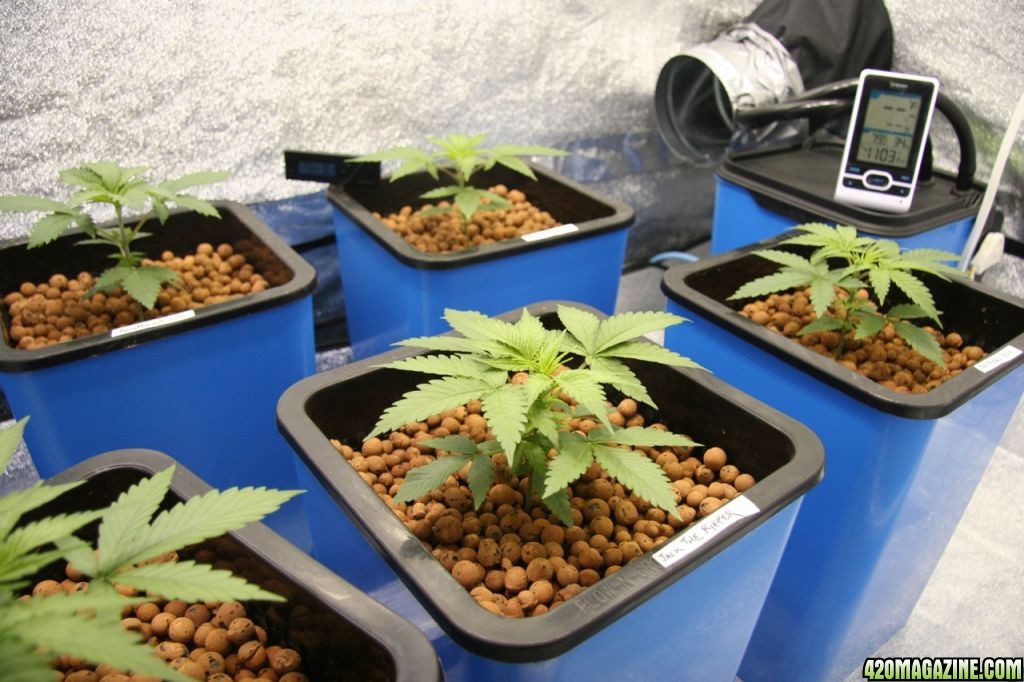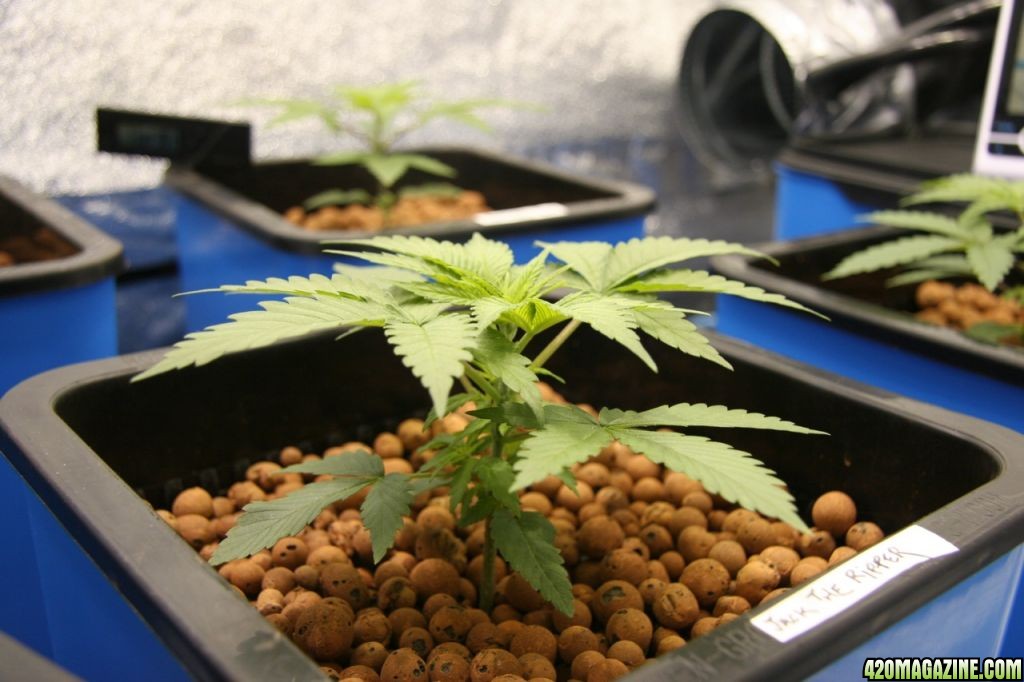Nice post Jandre, brings light to some things left mostly unstated as far as what it all means when it's measured.
Honestly, I would assume .5 on the Primo as it's the more common conversion number from what I can tell that Hanna uses. I really don't know why they use the .5 sometimes, other than it might be a legacy thing, where many loyal users are "used to" .5 and might freak if they have to get used to something new. Possible that they didn't always advocate .7 as more accurate, or .5 was an industry thing years back.
I can't vouch for this info, as it's not from the company, but found this list posted on another forum and it looks credible to me, however, I have not verified this list:
"Meters that use the 0.5 conversion are:
Hanna Primo
Tri-Meter
Hanna HI981504
Meters that use the 0.7 conversion are:
Hanna HI 9813-0
Hanna HI 9813-6
Hanna HI 983301N
Hanna HI 983311
Meters that are adjustable are:
Hanna HI98129
Hanna HI98311
Hanna HI981404
Hanna HI981404N
Oakton Meters
The Blue Lab Truncheon TDS/EC meter will display in PPM using both 0.5 and 0.7 factors and also display the EC."
WHAT?!?!? Now see... there's where I've been led astray on PPM. No fucking wonder I'm tanning babies
If this list is correct, I'm on 0.5!! I was going by the website's PPM and thinking they were just shit nutes, and all the time, I have an inaccurate TDS tester. My readings will be off to the LOW SIDE, and I up the PPM to get in range of website PPM
Now I know the conversion factor, I won't be burning them anymore!!
<<RME>> That just goes to serve as an anecdotal evidence of the above discussion.
FYI: I'm searching for an actual EC meter now, since all the nute companies I research give EC as well.










 and let me know if I can ever answer any questions about the Flo N Gro or anything else for that matter!
and let me know if I can ever answer any questions about the Flo N Gro or anything else for that matter!  to
to 






